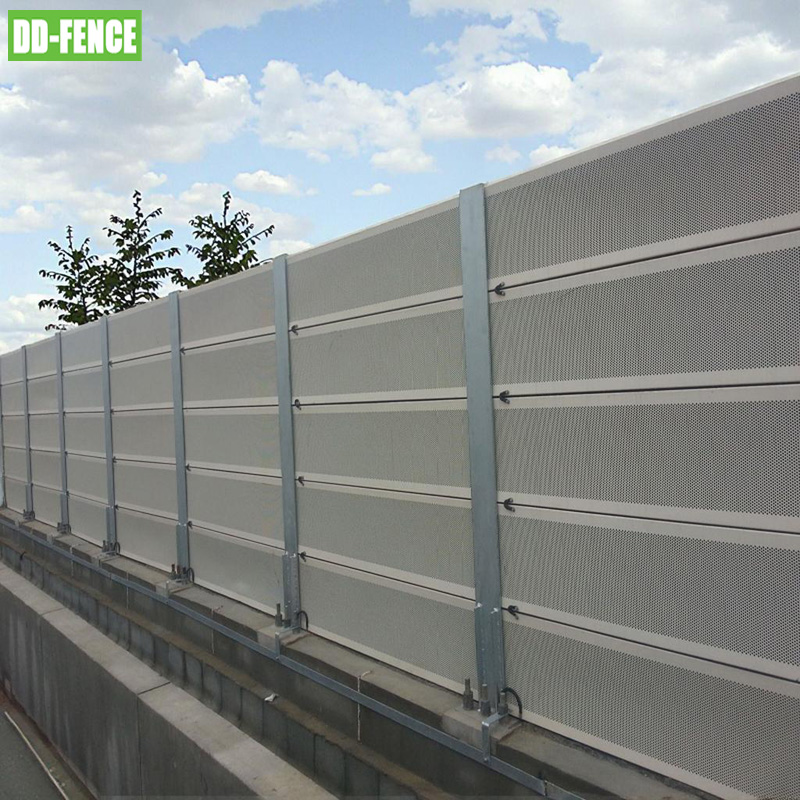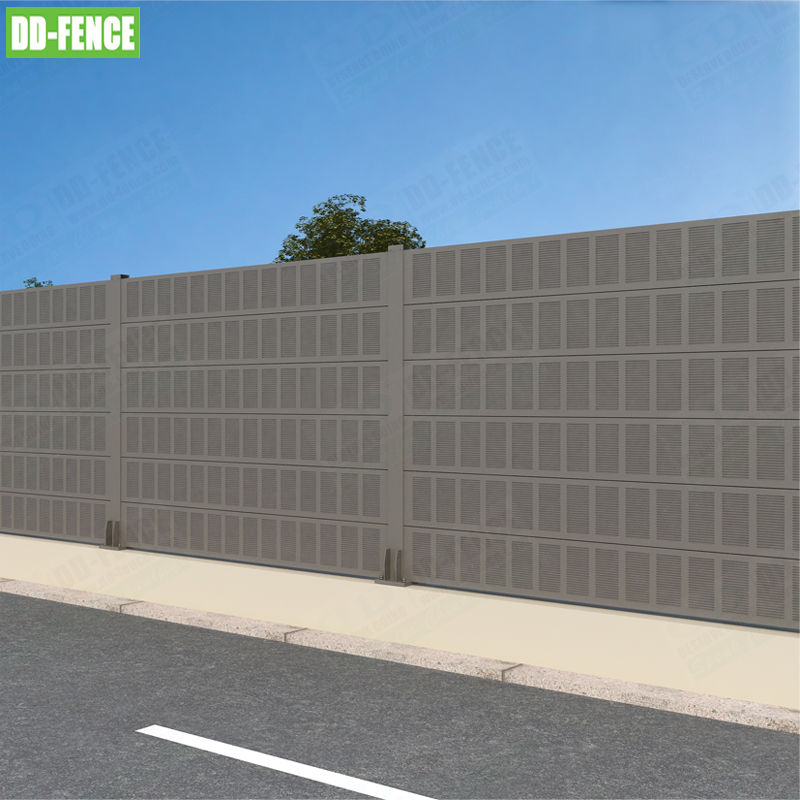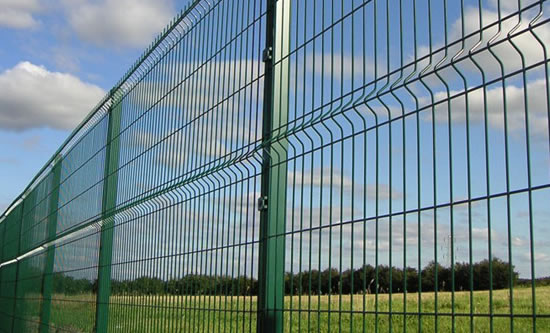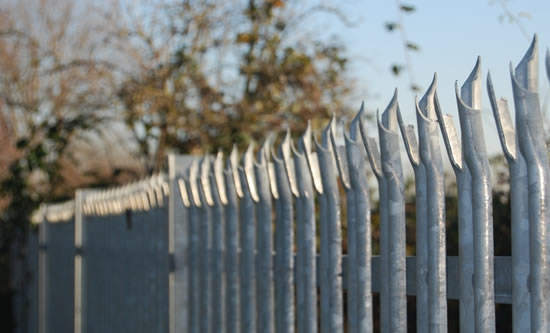NEWS
Noise Barriers: Types, Benefits, and Applications for Effective Sound Control
Hot:Loading... Date:2025-03-28
Noise pollution is a growing concern in urban and industrial environments, affecting health, productivity, and quality of life. Noise barriers, also known as sound barriers or acoustic fencing, are engineered structures designed to mitigate unwanted noise from highways, railways, construction sites, and industrial facilities. This article explores the types, materials, benefits, and applications of noise barriers, providing insights into how they contribute to quieter, healthier communities.
What Are Noise Barriers?
Noise barriers are physical structures that block, absorb, or deflect sound waves to reduce noise levels in specific areas. They are commonly installed along transportation corridors (e.g., highways, railways) and near industrial zones or residential neighborhoods.

Types of Noise Barriers
Absorptive Barriers:
Materials: Porous concrete, fiberglass, or mineral wool.
Function: Absorb sound energy, reducing echoes and reflected noise.
Best For: Highways, industrial plants, and areas with hard surfaces.
Reflective Barriers:
Materials: Solid concrete, metal, or acrylic panels.
Function: Reflect sound waves away from protected areas.
Drawback: May redirect noise to other locations.
Composite Barriers:
Design: Combines absorptive and reflective materials for balanced performance.
Example: Concrete base with a sound-absorbing top layer.
Transparent Barriers:
Materials: Acrylic or polycarbonate panels.
Use Cases: Residential areas where visibility is crucial (e.g., scenic routes).
Common Materials for Noise Barriers
Concrete:
Pros: High STC rating, durable, fire-resistant.
Cons: Heavy, less aesthetically pleasing.
Metal (Aluminum/Steel):
Pros: Lightweight, customizable, corrosion-resistant with coatings.
Cons: Reflective surfaces may require added absorptive layers.
Acoustic Panels (Fiberglass/Mineral Wool):
Pros: Excellent NRC ratings, ideal for indoor/outdoor use.
Cons: Less durable than concrete or metal.
Top Applications of Noise Barriers
Transportation Infrastructure:
Highways: Reduce traffic noise for nearby homes.
Railways: Dampen train vibrations and horn noise.
Airports: Shield communities from aircraft takeoff/landing noise.
Industrial Zones:
Factories: Contain noise from machinery, compressors, or generators.
Power Plants: Mitigate low-frequency hums from cooling towers.
Residential Areas:
Urban Housing: Protect apartments from street noise.
Suburban Developments: Buffer neighborhoods from nearby highways.
Commercial Spaces:
Office Buildings: Improve workplace concentration by blocking external noise.
Hotels: Enhance guest comfort near busy streets.

Benefits of Installing Noise Barriers
Health Protection: Reduces stress, sleep disturbances, and hearing loss linked to chronic noise exposure.
Property Value: Quieter neighborhoods often see higher real estate demand.
Regulatory Compliance: Meets local noise ordinances (e.g., EPA guidelines).
Aesthetic Flexibility: Options include green walls, artistic designs, or transparent panels.
Conclusion
Noise barriers are vital tools in combating noise pollution, offering tailored solutions for highways, industries, and communities. By selecting the right materials, designs, and technologies, cities and businesses can create quieter, healthier environments while meeting sustainability goals. Whether through sound-absorbing concrete, eco-friendly green walls, or solar-powered systems, modern noise barriers prove that effective noise control and aesthetic innovation can go hand in hand.





 冀公安网备: 13012302000474号
冀公安网备: 13012302000474号